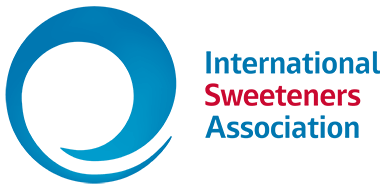Abstract
Background/Objectives: Sweet taste preferences are currently targeted to aid with reducing free sugar intakes, but associations between sweet taste liking, sweet food intakes, and sugar intakes are not well established.
Methods: UK consumers (n = 179) who were consuming >5% of total energy intakes from free sugars provided several laboratory measures of sweet taste liking, laboratory test meal measures of sweet food choice and sugar intakes, and 3-day food diary measures of free-living free sugar and total sugar intakes. Liking measures included liking for a 1 M sucrose solution, and pleasantness, desire to eat, and sweet taste intensity ratings for seven foods of a range of sweet taste intensities in a taste test. Results: Wide individual differences in sweet taste liking, in liking for a high sweet taste intensity, and in the relationships between sweet taste intensity and sweet taste liking were found. The majority of participants confirmed high liking and increasing liking for increasingly sweet tastes, but differing patterns of responses were also found. Higher liking for sweet foods was associated with increased sweet food selection and consumption at the test meal, and to some degree with free sugar and total sugar consumption in this restricted scenario. However, we found no associations between sweet taste liking, regardless of measure, and either free-living free sugar or total sugar intakes. Conclusions: These findings cast doubt on assumptions that sweet taste preferences are high for all and that these high sweet taste preferences drive high free sugar intakes.
Summary
The aim of this study was to examine the associations between sweet taste liking, liking for a high sweet taste intensity, sweet food intake, and sugar intake in a sample of 179 healthy UK adults.
Data for this analysis were obtained from a randomized control trial (RCT) in which participants habitually consuming more than 5% of their total energy intake from free sugars were randomised to receive different dietary recommendations aimed at reducing their free sugar intake. At baseline, several measures were collected, including laboratory-based assessments of sweet taste liking, laboratory test meal measures of sweet food choice and sugar intakes, and 3-day food diary measures of free-living free sugar and total sugar intakes. Liking measures included liking for a 1 M sucrose solution, and pleasantness, desire to eat, and sweet taste intensity ratings for seven foods of a range of sweet taste intensities in a taste test.
The study’s findings revealed substantial between-individuals differences in sweet taste liking and in liking for a high sweet taste intensity, and, similarly, wide differences were found between individuals in the relationships between sweet taste intensity and sweet taste liking. Results showed that greater liking for sweet foods was associated with increased sweet food consumption in the test scenario, while liking for a high sweet taste intensity was not correlated with the measures of sweet food intake. In addition, no association was found between either measure of sweet taste liking and free or total sugar intakes in a free-living situation.
These findings highlight the differences between controlled test meal environments and real-world dietary behavior. They confirm the well-established, population-wide liking for sweet taste and highlight individual differences in both sweet taste preference and liking for high sweetness intensity. They also indicate that the associations between sweet taste liking, sweet food intake, and sugar intake are not consistently supported despite public health recommendations to reduce exposure to sweet taste as a strategy to lower sugar consumption.

